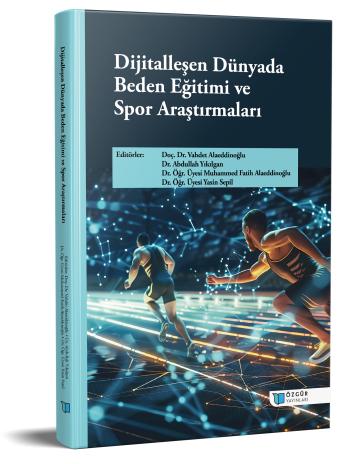
Personalized Training Based on Menstrual Cycle: Balancing Performance and Health in Female Athletes
Chapter from the book:
Alaeddinoğlu,
V.
&
Alaeddinoğlu,
M.
F.
&
Yıkılgan,
A.
&
Sepil,
Y.
(eds.)
2025.
Research on Physical Education and Sports in the Digitalizing World.
Synopsis
Considering the menstrual cycle when planning training for female athletes is essential for optimising performance and reducing the risk of injury. Fluctuations in oestrogen and progesterone levels throughout the menstrual cycle can affect metabolism, muscle activation, energy use and psychological state. Therefore, personalised approaches based on the cycle and individual differences are recommended instead of a one-size-fits-all' training programme. When oestrogen levels are high, and progesterone levels are low, the follicular phase may provide performance advantages due to increased muscle protein synthesis, improved insulin sensitivity, and easier glycogen utilisation. This phase is considered an appropriate period for strength and high-intensity training. In the luteal phase, the increase in progesterone can cause an increase in metabolic rate, difficulties in thermoregulation, and fatigue in some athletes. During this period, reducing training load and intensity is recommended, as well as prioritising active rest and focusing on low-intensity exercises. The days of menstrual bleeding should be planned according to the athlete's experience. While some athletes prefer to train during this period, others may feel the need to rest during the first few days. Considering the advantages of lower hormone levels (lower heart rate, better hydration, body temperature), athletes can continue training when they feel well. During painful periods, stretching, yoga, and low-intensity cardio are recommended, while nutrition and supplementation strategies are essential for athletes at risk of iron deficiency.

